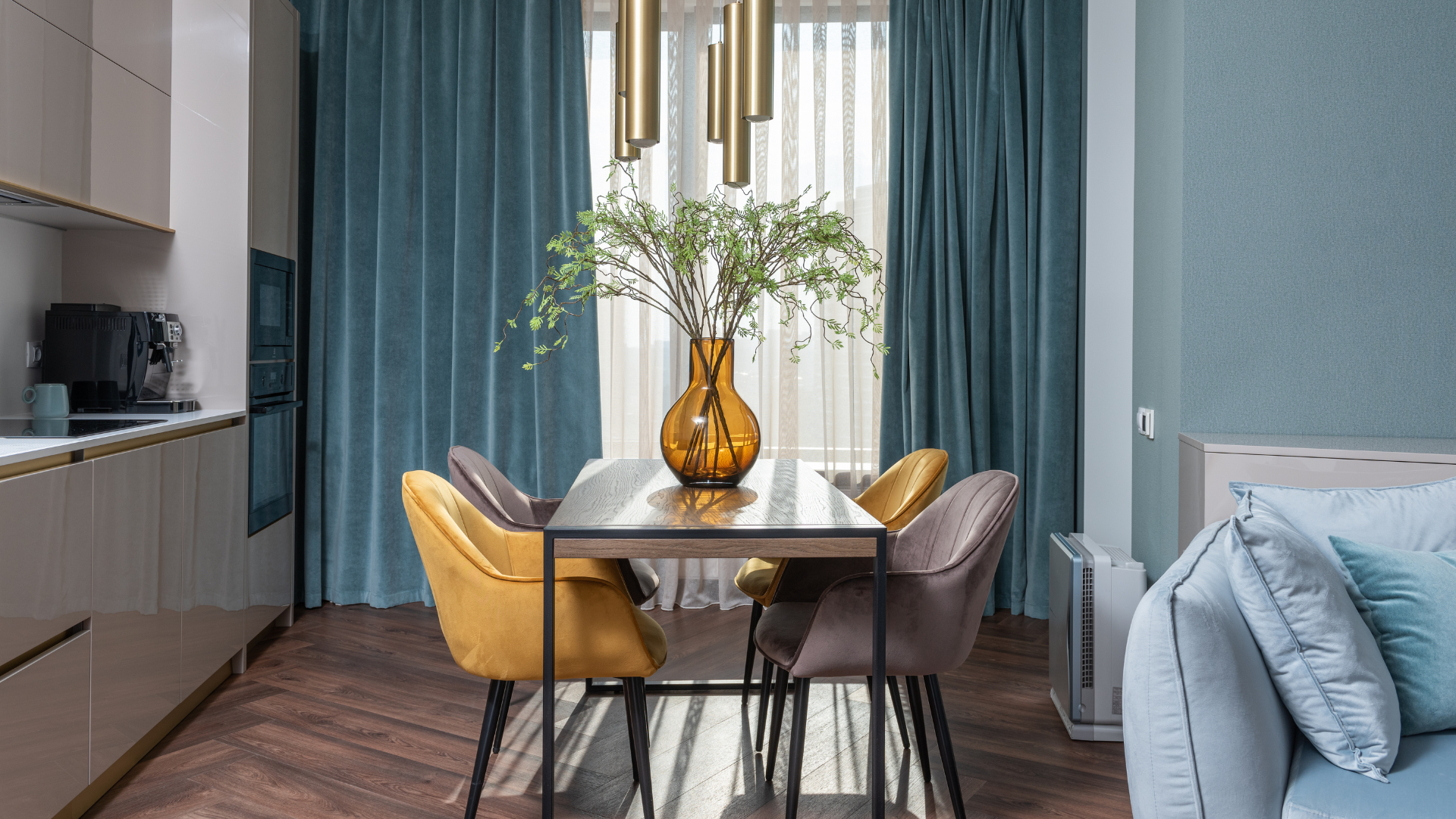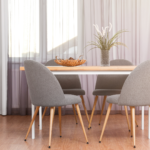If you’re working from home these days, you know how important it is to have a functional and comfortable workspace. A well-designed home office can help you stay organized, focused, and productive, but it’s not always easy to create the perfect space. Here are some tips for creating a cohesive and functional home office:
Determine your office needs.
The first step in creating a functional home office is to think about what you need from your workspace. Do you need a lot of storage? Do you need a large desk for spreading out papers and projects? Make a list of your needs and priorities to help guide your design decisions.
Choose the right location.
The location of your home-office is important – you want to choose a space that is quiet and has good lighting. A room with a window is ideal, as natural light can help improve mood and productivity. If you don’t have a dedicated room for your house office, consider setting up a corner of a larger room or converting a closet into a workspace.
Invest in a comfortable chair.
You’ll be spending a lot of time in your home office, so it’s important to invest in a comfortable chair. Look for a chair that is adjustable, has good lumbar support, and is the right height for your desk.
Organize your work space.
A cluttered and disorganized workspace can be a major distraction. Take some time to declutter and organize your home office – this might mean investing in storage solutions like filing cabinets or shelving, or simply taking the time to tidy up and get rid of unnecessary items.
Personalize your space.
Your home office should be a place where you feel comfortable and inspired. Add personal touches like photos, plants, or artwork to make it feel like your own.
Consider homeoffice ergonomics.
Working from home can put a lot of strain on your body, so it’s important to consider ergonomics when setting up your home office. This might mean investing in an ergonomic desk and chair or making sure your computer monitor is at the right height to avoid neck strain.
Incorporate natural elements in home.
Adding plants and natural materials like wood and stone can help create a sense of calm and bring a connection to nature into your residence office.
Make use of technology.
There are many tools and technologies available that can help you stay organized and productive in your home headquarters. Consider using project management software, cloud storage, or productivity apps to help you stay on track.
Conclusion
Creating a cohesive and functional house office takes some planning and effort, but it’s worth it. By following these tips, you can create a space that meets your needs and helps you stay focused and productive.
See also
퍼시스.com

